1. Acclimatise well : Acclimatisation is an important procedure before every trek. When coming from sea level, the athletic performance of the body drops at every 100 meters by 1 percent. So, it’s important to acclimatize with the height before starting the trek.
It is not the strongest of the species that survives, nor the most intelligent that survives. It is the one that is most adaptable to change ~Charles Darwin

2. Drink more water and take more carbs and proteins : As the cold air is dry, inhaling the air makes the body suffer from more dehydration. So, maintain the fluidic balance of the body by drinking lot of fluids. Carbohydrate and protein are the most essential and required nutrients. Carbohydrate is the first thing to catabolise in the body, thereby giving instant energy while protein helps in tissue repair.
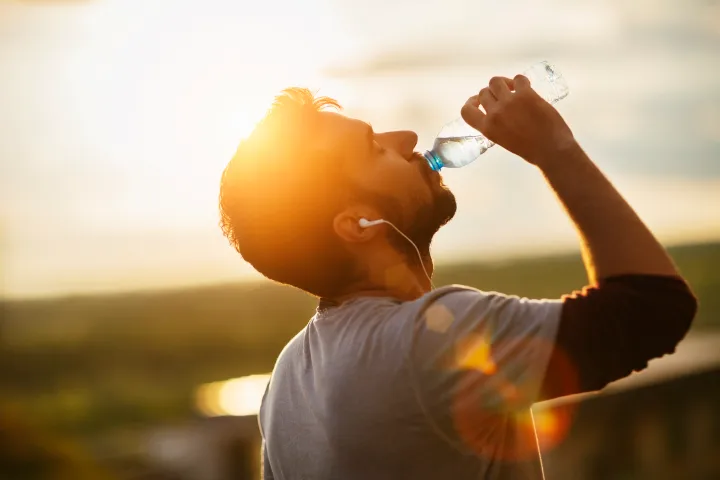
3. Hypothermia: This situation arises when the body temperature drops below 35 degree Celsius because of prolonged exposure to cold in wet and windy conditions. For preventing it, always keep the body well insulated. Innerwear, gloves and socks should be always dry. The body should be exposed least towards cold.

I beseech everyone, particularly the youth of the nation and the world, to have some kind of a romance with some mountain – a mountain that challenges you, a mountain that draws you, a mountain that makes you submissive by its sheer size, strength, and presence ~Sadhguru Jaggi Vasudev
4. AMS: AMS or Acute Mountain Sickness is a medical situation arising due to dehydration, over exertion and lack of acclimatization. The symptoms are headache, nausea and dizziness. It can be avoided by taking more fluids, acclimatizing before the trek and by exerting less. Diamox is handy many a times during AMS(Recommended dosage is 125 mg).
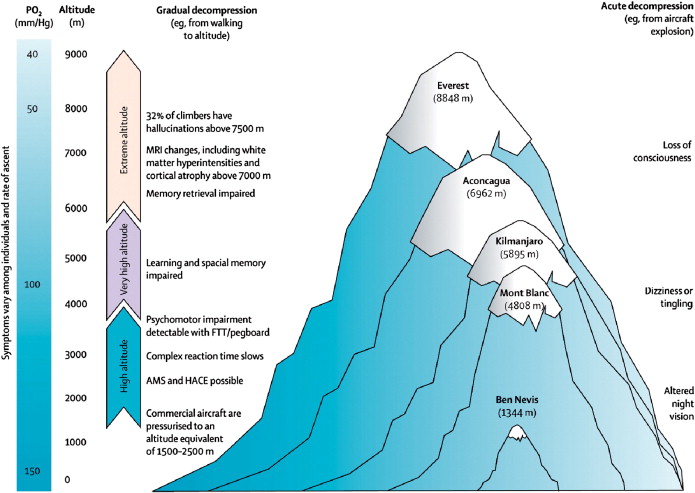
5. HAPE: Also known as High Altitude Pulmonary Edema, is a situation when the lungs get filled by body fluids. The situation arises when care is not taken for AMS. In these kind of situations the person is not able to breathe properly and the level of oxygen drops in blood. The only way to avoid HAPE is by descending. One should never continue the trek in these kind of situations as it can be fatal.

6. HACE: Also known as High Altitude Cerebral Edema, is a situation when the body fluid gets deposited in the cerebral part. The situation arises when AMS is not taken care of. The symptoms are loss of reasoning and emotional skills. The only way to avoid HACE is by descending. One should never continue the trek in these kind of situations as it can be fatal.
7. Frostbite: It’s a medical condition arising in the skin or other tissue due to freezing. The exposed parts are mostly far from the lungs and become frozen due to the lack of blood pumped to the extreme periphery parts like ear, nose, toes and finger tips. The best way to avoid these kind of situation by keeping these parts always insulated and the body too with multiple layers which are loose to keep air columns as insulation between them.
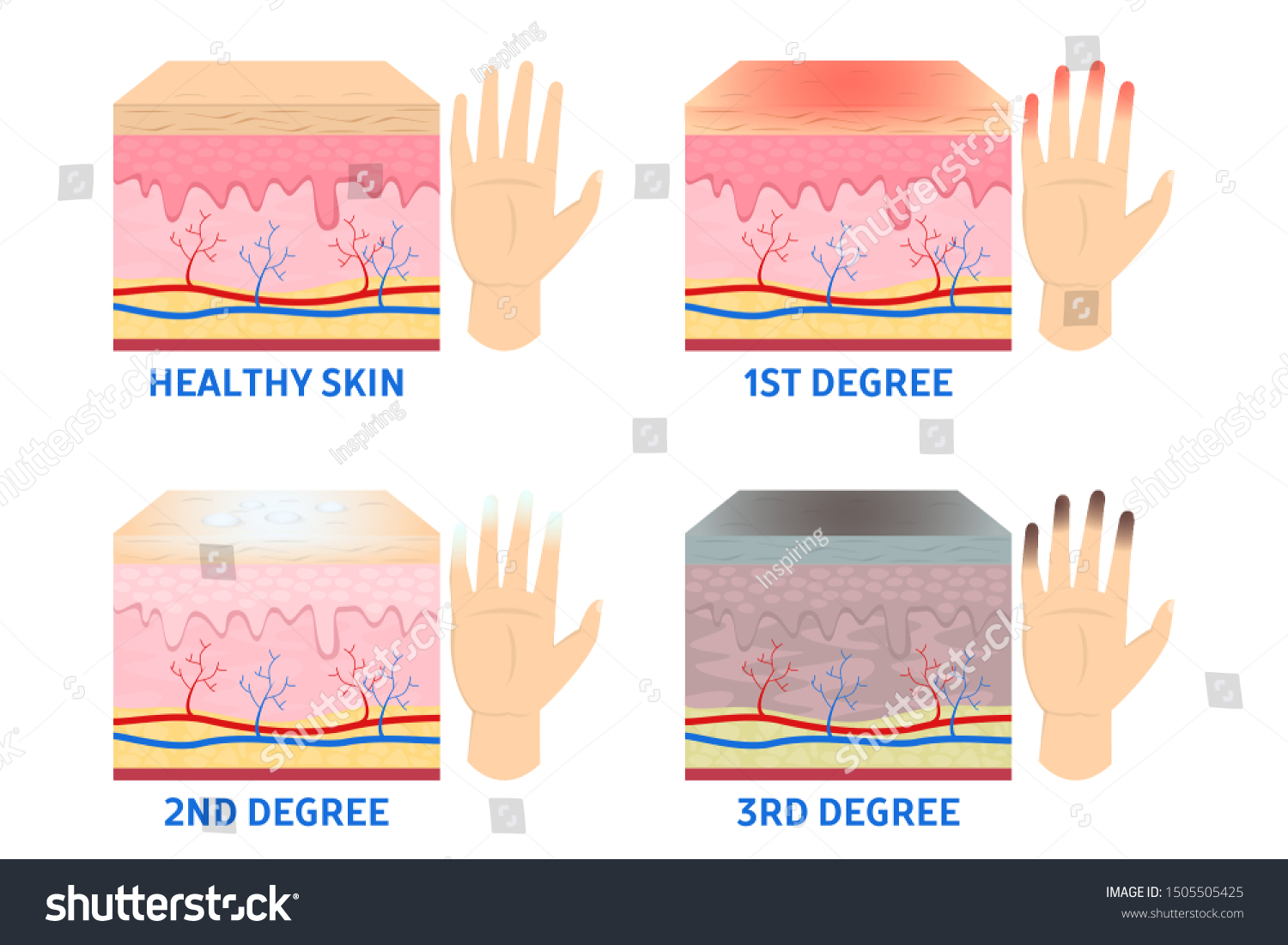
8. Trench foot: It’s a medical condition arising due to prolonged exposure of body parts in wet conditions. Keep oneself dry, as much as possible.
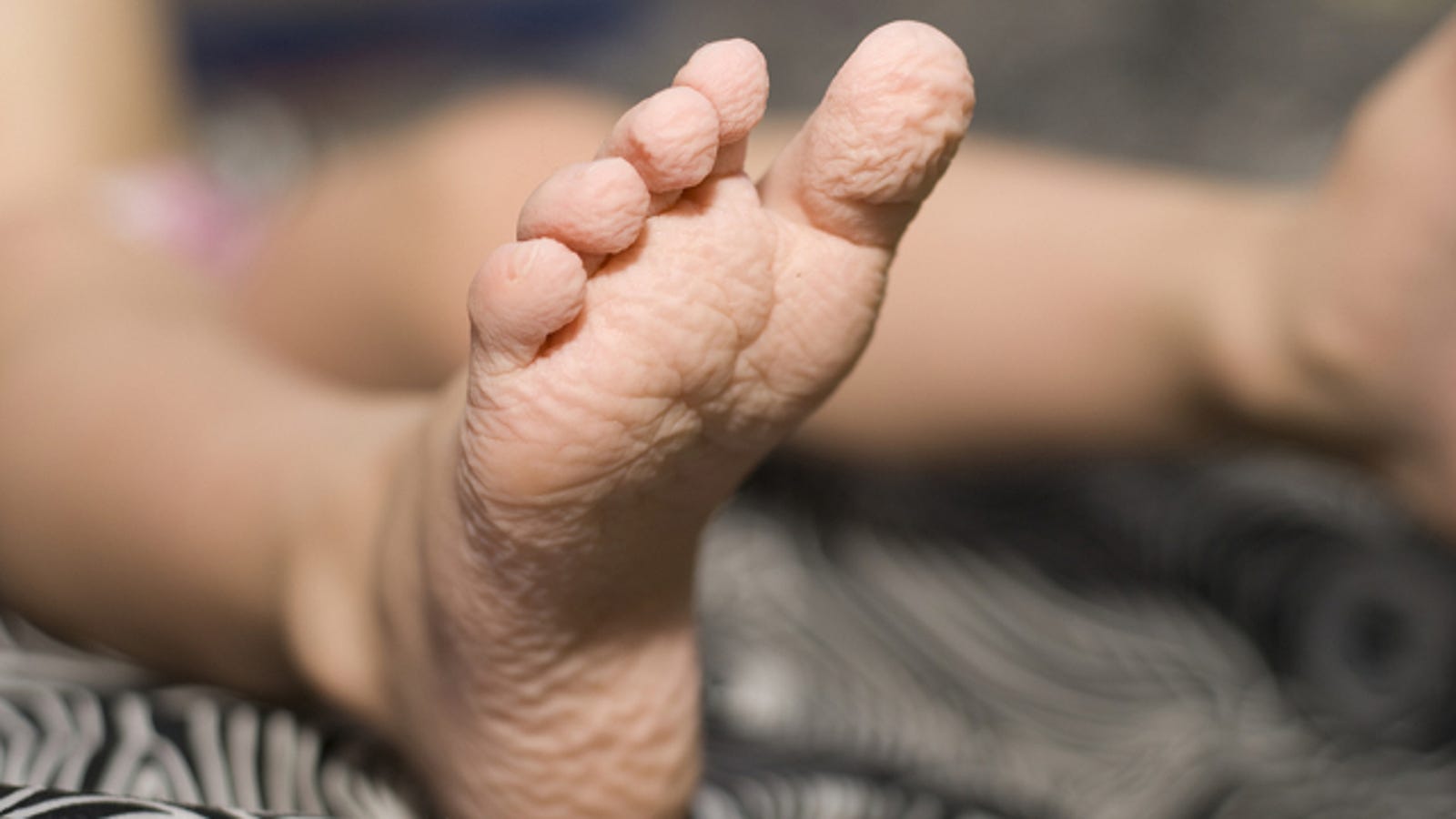
9. Snow Blindness: It’s a medical condition arising due to prolonged exposure to sun’s UV rays in snow covered ares. The effects are temporary to permanent loss age of eyesight. Use sunglasses to make the chances zero.
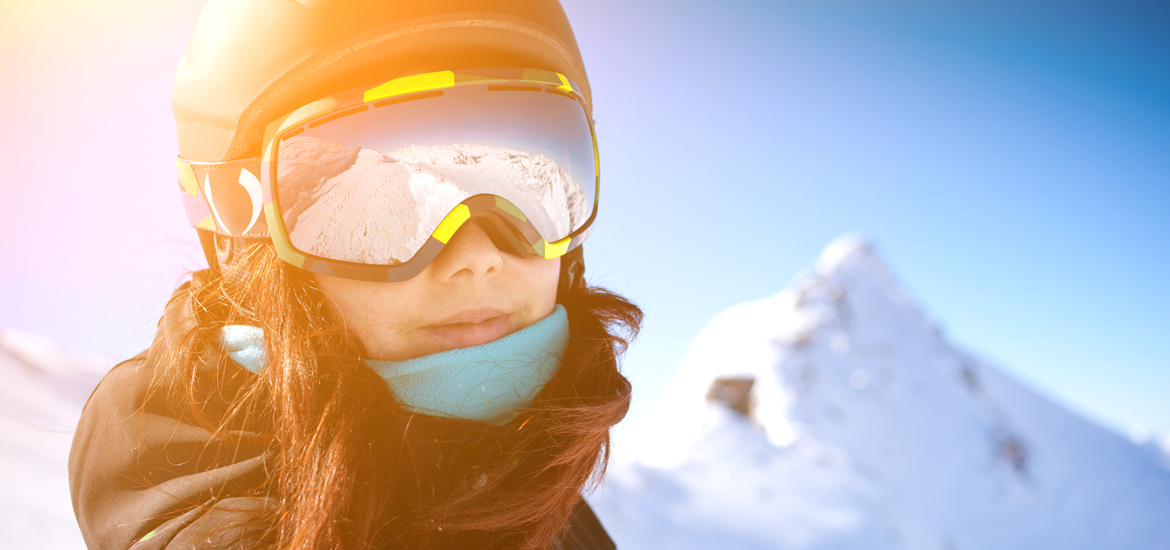


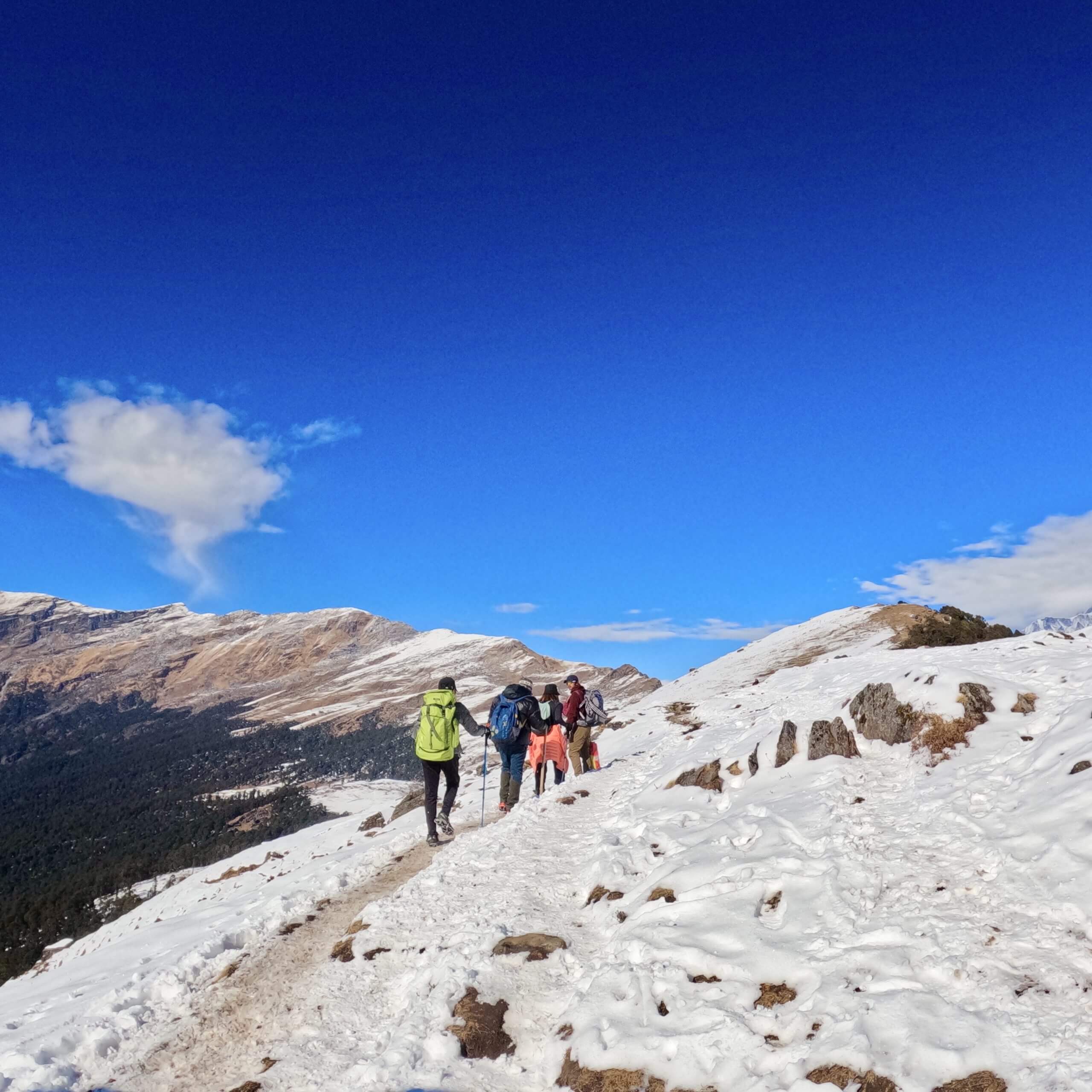
Comment (0)